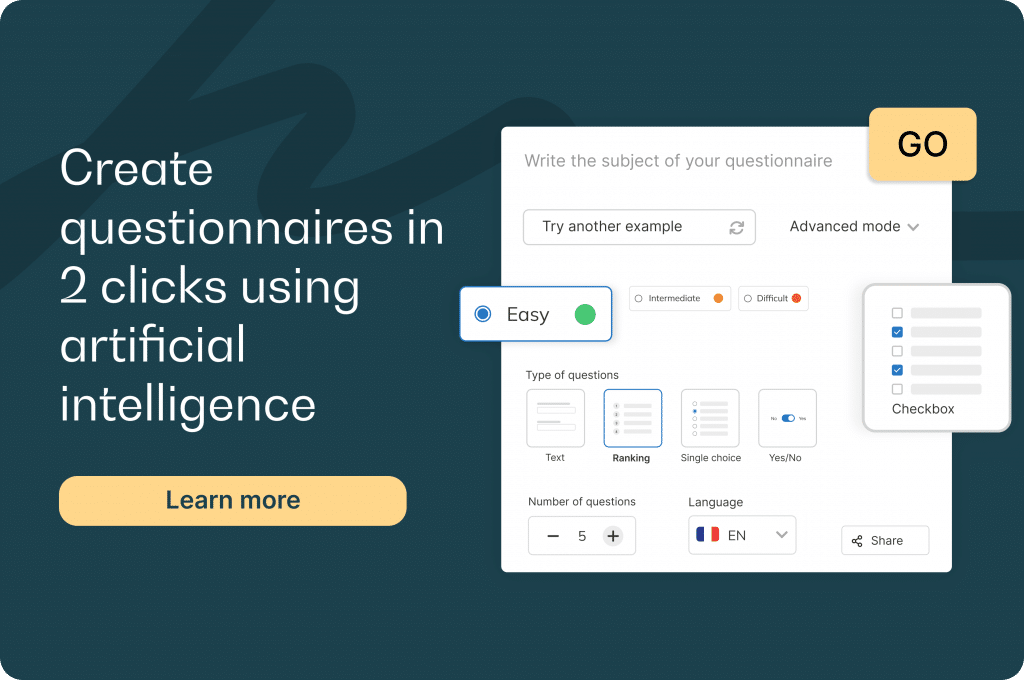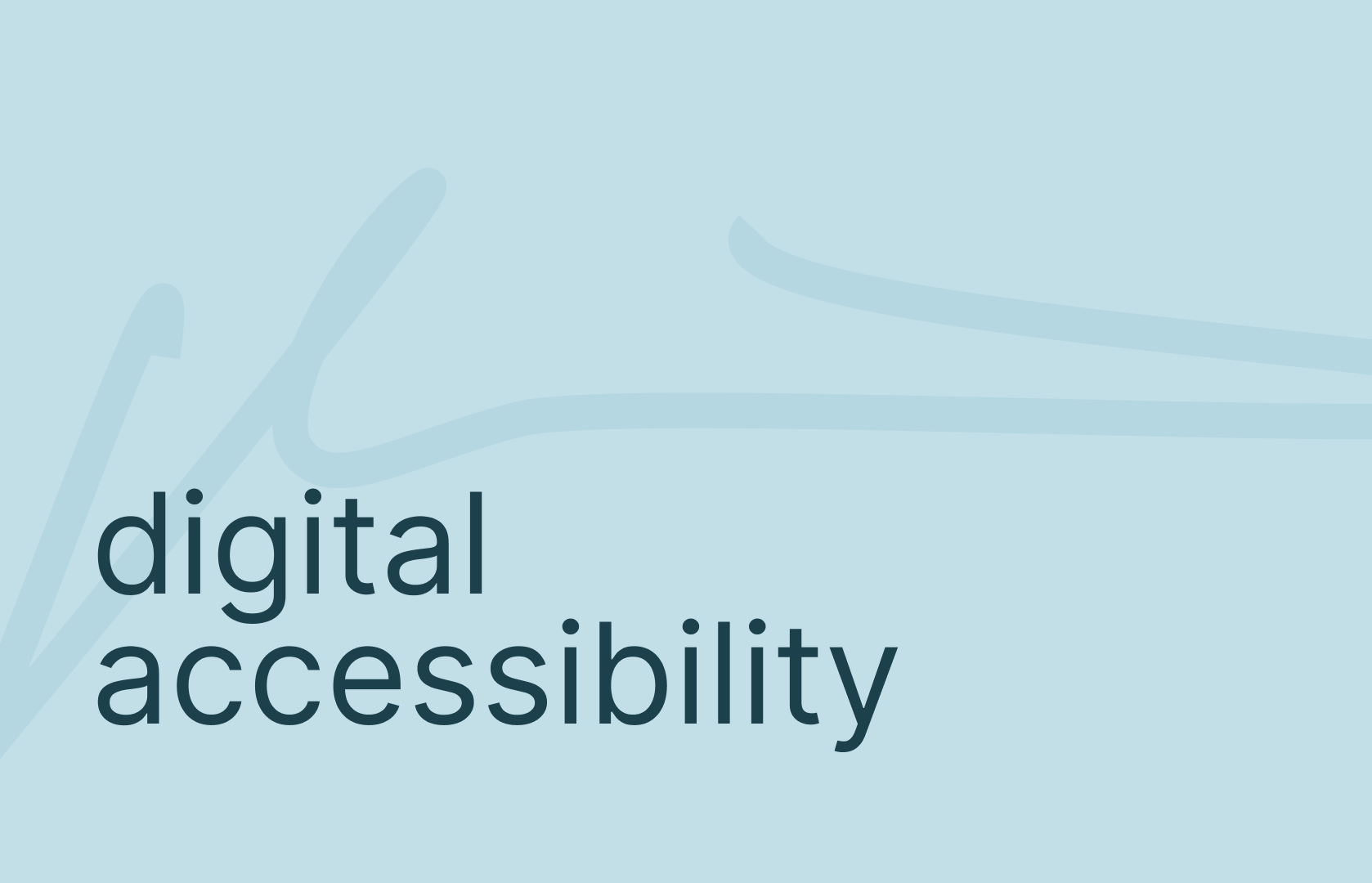A student application today represents much more than just a technological gadget for a higher education institution. It is a powerful connector, a privileged communication channel, and potentially the beating heart of digital student life. However, for this student mobile app to fulfill its promises and become a true hub of community life, its mere existence is not enough. A proactive and thoughtful animation of exchange spaces is absolutely essential to foster student interaction and engagement. This article offers strategies and practical advice to turn your student application into a dynamic and useful community hub.

The key benefits of successfully animating exchange spaces
Why invest time and resources in animating these digital spaces? The benefits are numerous and directly impact the overall student experience. Successful animation significantly strengthens the sense of belonging to the institution, creating a more united student community. It transforms the app into a vibrant platform of spontaneous support, where students can easily ask questions, share tips, or exchange academic resources. It also serves as an exceptional channel for improving student communication, allowing official information to be shared more directly and engagingly.
Good animation also plays a crucial role in integrating newcomers, offering them a space to connect and quickly find their bearings. By reflecting and amplifying campus initiatives, it boosts both student life and institutional image. Finally, these regular exchanges provide the institution with invaluable informal feedback on the atmosphere, needs, and expectations of its students.
Preparing the ground: the foundations before animating
Before launching animation initiatives, it is crucial to establish solid foundations. The first step is to define clear rules: a code of conduct, easily accessible, should guide exchanges to ensure a respectful and constructive environment. Next, structure your exchange spaces intelligently. Don’t limit yourself to a single forum; create relevant thematic groups (by class year, program, interests, associations, etc.). A flexible student application should allow for this granular organization.
It is also important to clearly identify the official moderators and facilitators—whether staff members or trained student ambassadors. Finally, and crucially, actively communicate the existence and usefulness of these spaces from the onboarding stage and regularly remind students how to access and participate in them.
Concrete strategies to animate your exchange spaces daily
Effective animation is built on consistency and relevance. Post content frequently that interests your student community: share important updates, upcoming events, key dates, and practical tips for studies or campus life. Don’t just broadcast top-down information—spark discussions by asking open questions or proposing debate topics.
Encourage peer-to-peer interaction. Highlight student association projects or noteworthy individual initiatives. Organize live Q&A sessions directly within the student mobile app with professors, administrators, or alumni. Use native features like quick polls to collect opinions and foster engagement in a fun way.
Integrate student life and events. Promote all campus activities and encourage participants to share their experiences, photos, or comments through the app. Why not organize small app-exclusive contests to boost participation?
Lastly, ensure active but benevolent moderation. Your role is to respond to questions, direct students to the right information, and enforce the code of conduct constructively. Don’t forget to highlight positive contributions and acts of support to encourage healthy and dynamic participation within the student community.

The student application : your best asset for effective animation
A well-designed student application is undeniably your best ally in this mission. Its main strength lies in centralization. It offers a single mobile tool where students can find information, discussion groups, event calendars, and internal messaging—drastically simplifying communication and access to resources.
Beyond centralization, its dedicated features greatly facilitate student engagement. Think personalized news feeds, a complete event management module (with registration options), the ability to easily create public or private groups, integrated polling tools, and targeted push notifications to reach the right people at the right time.
The native student mobile app format encourages more frequent consultation and more spontaneous interaction than traditional web platforms. A good student application also provide a simple and efficient management interface for facilitators and moderators, enabling them to oversee the community without technical difficulty.

Measuring impact and adjusting your animation strategy
Animating is good, but measuring the impact of your actions is better to improve. Define and track a few relevant KPIs: the number of active users in exchange spaces, the volume of messages and comments, poll response rates, participation in events promoted through the app, or even the topics generating the most interaction.
Don’t just rely on numbers—analyze the quality of the exchanges too. Is genuine peer support happening? Is the overall tone constructive? Most importantly, don’t hesitate to directly ask for student feedback—through a survey in the application itself, for example—on their perception of the exchange spaces and animations. These insights are essential for refining your strategy and meeting their needs more effectively.
Edusign: boost your exchange spaces with integrated feedback
Animating a student community is not only about sharing information and organizing events—it’s also about giving students a voice and listening to their feedback in real time.
That’s exactly what Edusign enables with its integrated questionnaires. Accessible directly from a student application , they provide a simple and effective way to:
- Gauge community sentiment: collect quick feedback after an event, an association activity, or a group meeting.
- Encourage participation: run interactive polls on student life topics (event organization, theme choices, specific needs).
- Strengthen belonging: show students that their opinions are heard and considered in institutional decisions.
- Centralize and analyze data: access clear dashboards to track engagement trends and identify the most effective actions.
💡 By integrating Edusign into your studen application questionnaires become a true community animation tool: they foster interaction, strengthen cohesion, and turn your exchange spaces into vibrant, participatory, and constructive hubs.
Conclusion: Turn your application into a vibrant community hub
In conclusion, keeping the exchange spaces of your student application alive is continuous work that requires a thoughtful animation strategy and consistent effort. It is the key ingredient to transforming this digital tool, however powerful it may be, into a genuine, active, supportive, and engaged student community.
The keys to success lie in combining a clear strategy, relevant and varied content, constant stimulation of interaction, attentive and benevolent moderation, and choosing an intuitive and well-adapted digital platform. Investing in animating your digital community is an investment in both the student experience and student success.





